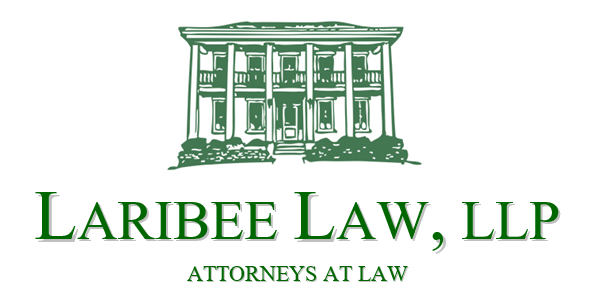Driveway Easements - the Devil is in the Details
Michael L. Laribee, Esq.
William and Kate were looking for their first home to raise a family. They fell in love with a small bungalow in the city. The neighborhood was quaint with houses built close together. Like many of the houses on the street, the bungalow shared a driveway with the neighboring property. William and Kate thought this added a sense of charm and community. William and Kate signed a purchase agreement with the seller. They received a title report from the escrow agent but failed to read through the documents carefully. The transaction closed quickly, and William and Kate moved in.
Within a few weeks, issues arose related to the shared driveway. Their neighbor, Harry, and his guests would park cars in the driveway, completely blocking access to William and Kate’s garage. Sometimes, Harry would leave equipment and tools strewn across the driveway. William and Kate parked in the street rather than confronting Harry. After the first big snowstorm, William and Kate asked Harry to share in the cost to plow the driveway. Harry just laughed and said that the cost was their responsibility.
When William and Kate examined their title work, they realized that the driveway was located entirely on their property and that the easement gave Harry an unlimited right to use it. The easement placed no restrictions on Harry’s use whatsoever. It did, however, provide that William and Kate were responsible for all costs associated with maintenance and snowplowing.
An easement is a limited interest in real property, usually taking the form of a right to use the property in a certain way. Easements are used for roadways, common driveways, and utility lines and facilities. They are often created by a recorded document that describes the easement area and the terms of use. Sometimes an easement is found within a deed as a reservation from the land being conveyed. Driveway easements usually provide that one property owner (the dominant estate) has the right to use part of a neighbor’s land (the servient estate) to access their home or property. Most driveway easements are permanent and “run with the land” which makes them binding on all future owners unless they are mutually terminated.
Driveway easements may be problematic when the document does not clearly define rights and obligations. Ohio law does not automatically assign responsibility for the upkeep of a shared driveway. Unless the easement agreement clearly spells out all obligations, neighbors may find themselves in a dispute. A well drafted easement should:
• clearly define the easement area (usually with a survey and plat drawing);• state the duration of the easement (most often, it will be permanent and binding on future owners);• set forth the scope of the easement (i.e. ingress and egress by passenger vehicles only);• provide that the easement is non-exclusive, and that the dominant estate may not interfere with the servient estate’s use of its property;• list limitations on use (i.e. no parking vehicles or storage of equipment in the easement area; no access by heavy construction vehicles that may damage the driveway surface);• allocate responsibility for maintenance (i.e. splitting the cost of snowplowing, repairs, and replacements); and,• provide for liability and indemnification (i.e. the dominant estate must pay for damage it causes and defend the servient estate in any lawsuits arising from the dominant’s use of the driveway).
An easement can also affect the value of each property. For the dominant estate, it provides the benefit of necessary access to the road. However, for the servient estate, it reduces privacy and limits how the property can be used. These conditions could make the property less appealing to future buyers.
It is important to review title reports and easements with a trusted attorney when purchasing property. That way, a buyer may identify ambiguities in the documents that could otherwise lead to disputes and costly litigation. Laribee Law, LLP is here to assist you.
Michael Laribee is a partner in the Medina law firm of Laribee Law, LLP. This article is intended to provide general information about the law. It is not intended to give legal advice. Readers are urged to seek advice from an attorney regarding their specific issues and rights.

